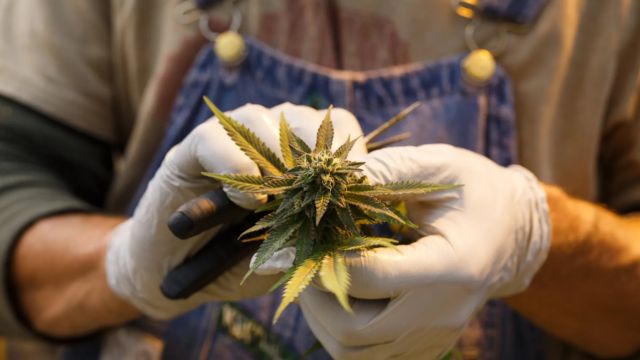Cannabis plants are the source of weed, also referred to as marijuana or cannabis. People have been using this psychoactive substance for both medical and recreational purposes for ages. After voters approved Proposal 1, Michigan became the first state in the Midwest to legalize marijuana for recreational use in 2018.
Since then, marijuana users have been permitted to lawfully possess, transport, cultivate, and consume the plant within the state, but with some limitations. Which Michigan city, though, has the highest marijuana usage rate in the state? What effects will this tendency have on the state’s society, economy, and culture?
The Michigan Weed Capital
The city of Ann Arbor is the marijuana capital of Michigan, per a new analysis by the web portal Weedmaps, which offers details and opinions on cannabis goods, suppliers, and delivery services. According to the analysis, which examined Weedmaps user data from January to March 2023, Ann Arbor had the greatest volume of cannabis product searches, orders, and deliveries in the state.
With an average order value of $95.68 as opposed to the state average of $77.24, Ann Arbor also had the highest average order value. The study also showed that flower, edibles, and concentrates were the most often used cannabis items in Ann Arbor.
Given that Ann Arbor has a long history of cannabis activism and culture, it is not unexpected that the city is known as Michigan’s cannabis capital. In 1972, Ann Arbor became one of the first cities in the nation to decriminalize marijuana, charging only $5 for up to two ounces of possession.
The yearly Hash Bash, a pro-cannabis demonstration and festival that draws thousands of marijuana aficionados each year, is also held in the city. Furthermore, a lot of students attend Ann Arbor since it is home to the University of Michigan, one of the best public universities in the country. National polls have shown that students are known to consume marijuana at higher rates than people of other ages.
The Advantages and Difficulties of Weed Travel
The increased number of tourists visiting Ann Arbor to take advantage of its cannabis options has also helped the city’s tourism sector. In comparison to 2019, the Ann Arbor Convention and Visitors Bureau reports that in 2022, hotel occupancy increased by 12% and tourism spending increased by 15% in the city. The legalization of marijuana and the availability of marijuana-related events and activities in the city were cited by the bureau as contributing factors to this development.
Cannabis tourism does, however, also present certain dangers and difficulties for the state and the city. The absence of rules and enforcement regarding the use of marijuana in public areas, which is still prohibited by state law, is one of the primary problems. This law may not be known to many cannabis tourists, or they may decide to disobey it and smoke pot in parks, streets, or other public areas.
Both the authorities and the locals may have health, safety, and nuisance issues as a result of this. The possible environmental effects of marijuana tourism are also a concern since more tourists could result in increased waste production, pollution, and carbon emissions. The state’s natural resources may be strained by the extensive water, energy, and land requirements of weed processing and cultivation.
Conclusion
Since marijuana use became legal in Michigan, there has been a significant increase in the demand for marijuana-related goods and services. Ann Arbor has become the state’s marijuana epicenter, drawing more visitors and users than any other city. Along with certain risks and obstacles, this has benefited the city’s economy, society, and culture.
The state and the city will need to strike a balance between the demands and interests of the marijuana industry, marijuana tourists, and the local communities as marijuana tourism in Michigan grows. They also need to make sure that marijuana use is done responsibly, safely, and sustainably.




